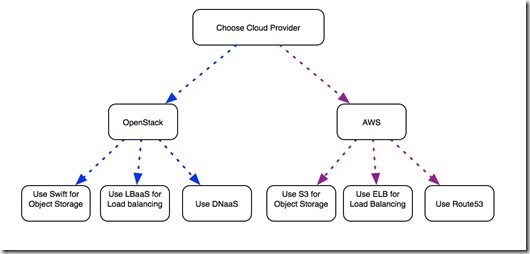Cloud-Agnostic: Friend or Foe?
I have been working on a project for a while that includes the deployment of a large number of moving parts that are in a significant state of flux. Drops every two weeks, new features added all the time, and, of course, with a system this size there is a great amount of complexity involved. Complexity in the Continuous Integration stage, complexity with the end-to-end testing, and, definitely, complexity with the Continuous Deployment.
A good part of the intricacies comes from the fact the development team wants to assure that the deployment will be cloud-agnostic. But before I go into if this would be a good or a bad thing, let me first explain what this means, and offer a few examples.
It is no secret that almost no OpenStack cloud is identical to another. The network setup could be different (provider networks vs. private networks). Some clouds have Swift installed by default, while others do not. There are nuances and differences between an on-premises OpenStack deployment and using an OpenStack cloud provider, such as RackSpace. APIs are different, versions are different. This makes things very difficult for people writing software to interact with the cloud to address a fully cloud agnostic solution. APIs, authentication mechanisms, and the way you can access resources will change from one cloud to another.
Read the rest of the article here

